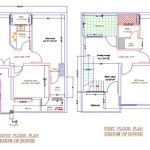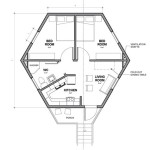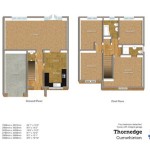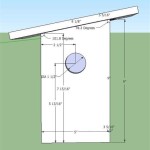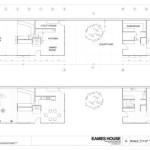A Comprehensive Guide to Essential Aspects of House Electrical Plan
A well-designed electrical plan is crucial for ensuring the safety and functionality of your home. It serves as a blueprint for the electrical system, providing a detailed layout of the electrical outlets, switches, fixtures, and wiring. Understanding the essential aspects of an electrical plan empowers you to make informed decisions and collaborate effectively with electricians during the construction or renovation process.
Key Components of an Electrical Plan
An electrical plan typically includes the following components:
- Floor plan: A scaled drawing of the home's layout, indicating the location of rooms, walls, and openings.
- Electrical symbols: Standardized symbols used to represent electrical components, such as outlets, switches, and fixtures.
- Circuit layout: A diagram showing how electrical circuits are distributed throughout the home, including the location of circuit breakers and fuse boxes.
- Wiring schedule: A table detailing the specific types and sizes of wires used in each circuit.
- Lighting layout: A plan indicating the placement of lighting fixtures, including types, wattages, and switch controls.
Benefits of a Well-Designed Electrical Plan
A well-designed electrical plan offers numerous benefits, including:
- Safety: Ensures that the electrical system meets safety codes and regulations, minimizing the risk of electrical fires and accidents.
- Convenience: Provides a clear understanding of the location of electrical outlets and switches, enabling convenient placement of appliances and furniture.
- Efficiency: Optimizes the use of electricity by ensuring that circuits are not overloaded and that electrical appliances operate efficiently.
- Value: Increases the resale value of the home by demonstrating a well-maintained and safe electrical system.
Essential Considerations for a Comprehensive Electrical Plan
To ensure a comprehensive electrical plan, consider the following aspects:
- Electrical load: Determine the total electrical load of the home, considering the number and wattage of appliances, lighting fixtures, and other electrical devices.
- Circuit sizing: Select the correct wire sizes and circuit breakers based on the electrical load to prevent overloading and potential electrical hazards.
- Grounding: Ensure proper grounding of electrical components to provide a safe path for electrical currents in the event of a fault.
- Arc fault circuit interrupters (AFCIs): Install AFCIs to detect and interrupt dangerous electrical arcs, reducing the risk of electrical fires.
- Building code compliance: Ensure that the electrical plan adheres to all applicable building codes and safety regulations.
Importance of Professional Electrical Design
While basic knowledge of electrical plans is beneficial, it is highly recommended to consult with a licensed electrician for the design and implementation of your home's electrical system. Professional electricians possess the expertise and experience to ensure safety, efficiency, and code compliance.
Conclusion
An electrical plan is an essential document that provides a roadmap for the safe and efficient operation of your home's electrical system. By understanding the key components, benefits, and essential considerations of an electrical plan, you can make informed decisions and work collaboratively with electricians to ensure a well-designed and functional electrical system for your home.
Create An Electrical Plan Roomsketcher Help Center

Electrical Plan Example House App Layout

House Electrical Plan Diagram Symbols

Electrical Plan Examples And Templates To Kick Start Your Project

Electrical Plan 101 Know Basics Of Edrawmax

Free House Wiring Diagram Edrawmax

Electrical Plan Examples And Templates To Kick Start Your Project

House Wiring Diagram Everything You Need To Know Edrawmax

Example Image Electrical Plan How To Electricity

Home Electrical Plan Free Electric Schematic Kozikaza


